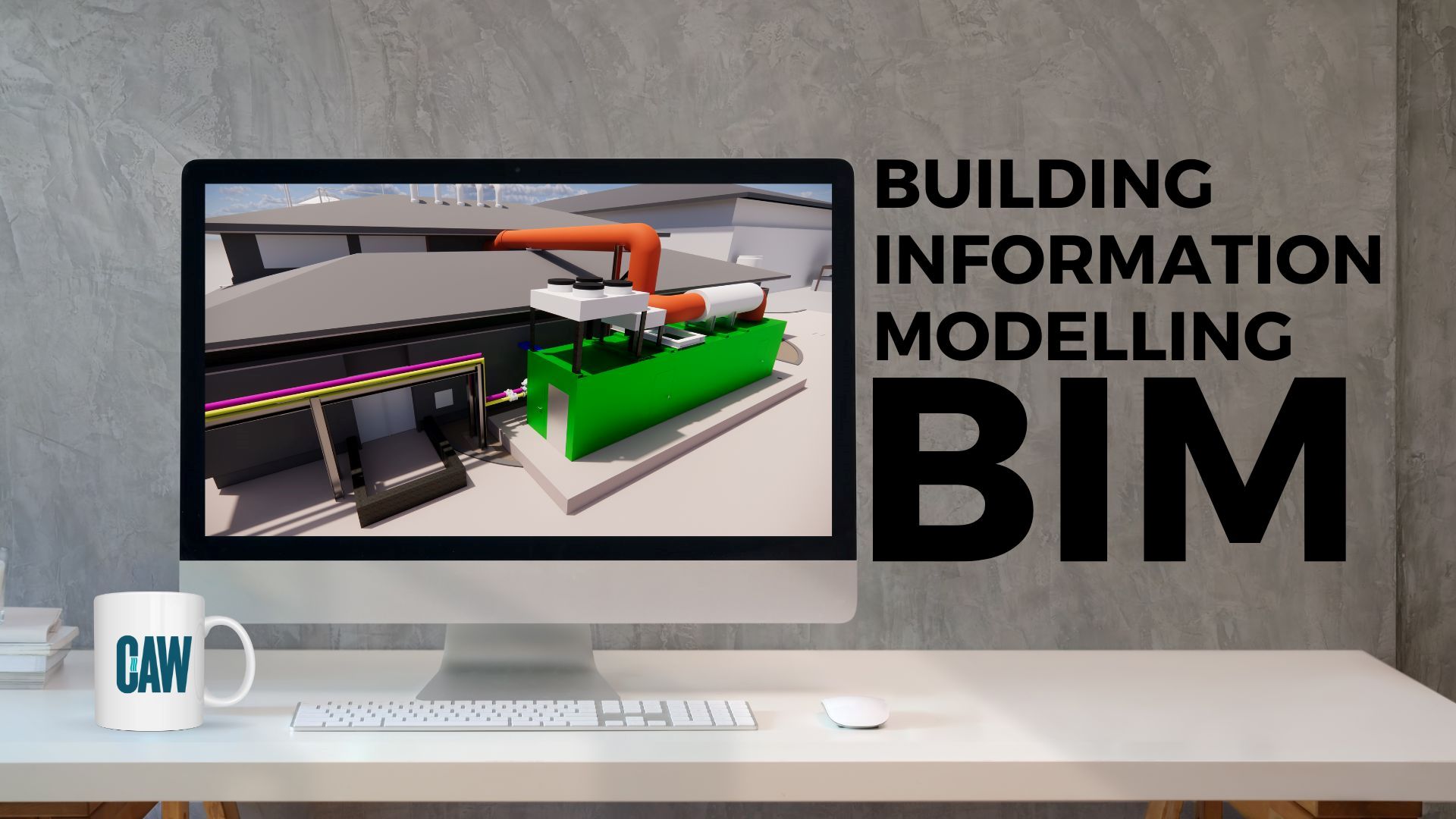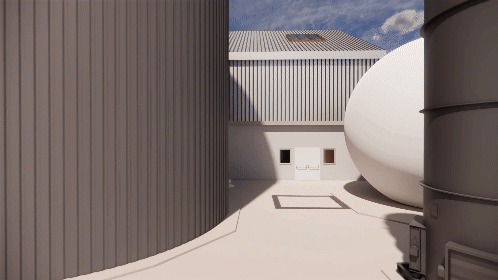BIM in Water Infrastructure: A tool for progress

Building Information Modelling (BIM) is revolutionising water and wastewater infrastructure planning, design and management. In this article, we provide an introduction to BIM and how it offers a more efficient, cost-effective, and sustainable approach to project development and operational management.
What is Building Information Modelling (BIM)?
BIM is a digital representation of the physical and functional characteristics of a facility. The software allows architects, engineers, contractors, and other stakeholders to collaborate on a project within a unified digital environment.
BIM is more than just software – it is changing the way we conceive, design, and construct infrastructure. This three-dimensional model isn’t a static blueprint; it’s a dynamic, database that evolves throughout the project lifecycle. It supports a wide range of functions including design decision-making, construction documentation, performance simulations and project management by providing a comprehensive understanding of the proposed design in situ. BIM models are data-rich, containing crucial information about every aspect of the building, from the material properties and structural details to spatial relationships and geographic information. This information is not only about the building’s physical features, it can include details about schedules of work, cost and resources.
In the context of water infrastructure, BIM integrates various components — from pipes and pumps to treatment units — into a cohesive digital model. This comprehensive representation allows stakeholders to visualise, analyse, and simulate every aspect of a water or wastewater treatment facility or upgrade before it becomes a reality.

3D Computer-generated video of membrane plant generated by BIM Software
BIM’s usefulness doesn’t stop at the design and construction phase, it extends into the infrastructure’s operational life where the detailed data in BIM models can be used to facilitate process and hydraulic performance, efficiency optimisations and future plant upgrades through the simulation of real-world plant performance and optimisation.
The Advantages of BIM in Water and Wastewater Infrastructure
1. Enhanced Collaboration and Communication
BIM facilitates a collaborative environment where all stakeholders can access, contribute to, and understand the project data. This real-time sharing of information leads to improved teamwork, reduced misunderstandings, and more effective decision-making.
2. Optimised Planning and Design
The ability to visualise the entire project in a virtual environment allows for better planning and design optimisation. Engineers and stakeholders can visualise potential outcomes, and explore alternative designs to make informed decisions that optimise the use of resources.
3. Early Issue Detection and Mitigation
By simulating various scenarios and analysing the model’s performance, BIM helps in identifying potential issues and conflicts early in the design phase. This proactive approach can save time and costs by preventing problems before they occur.
4. Improved Decision-Making
The comprehensive data provided by BIM supports better decision-making throughout the project lifecycle. This includes everything from site selection, materials and design choices to operational maintenance strategies.
5. Cost and Time Savings
BIM reduces rework and errors, streamlines workflows, and shortens project timelines, leading to significant cost and time savings. Improved accuracy in cost estimation and project scheduling further enhances the efficiency of water infrastructure projects.
6. Lifecycle Management
By providing a dynamic and up-to-date model of the project, BIM allows for continuous monitoring and analysis throughout the entire lifecycle of the infrastructure. Facility Managers can access detailed information about every component of the infrastructure, from pipes and valves to pumps and filtration systems. This detailed knowledge supports proactive maintenance, helps in predicting and preventing failures, and guides efficient refurbishment or expansion projects.
BIM’s comprehensive data management capabilities ensure that all modifications, upgrades, and repairs are accurately documented, maintaining a living record of the infrastructure’s evolution over time. The integration of BIM into lifecycle management thus ensures that water infrastructure can be maintained at optimal levels of performance, safety, and cost-effectiveness, significantly extending its useful life and enhancing its value.
Quote from Claudio Cipolletta, CAW BIM Design Coordinator:
“These models enable the customer and anyone working on the project to physically see every element as if it were in sit, and access the technical information and instructions in one place”
“It is a magical thing to see the things that you modelled in 3D actually happening and being built as you have visualised”
Stay tuned for more insights into BIM and real-life examples of how BIM has delivered benefits in the planning, design and construction phases of some of our key projects.